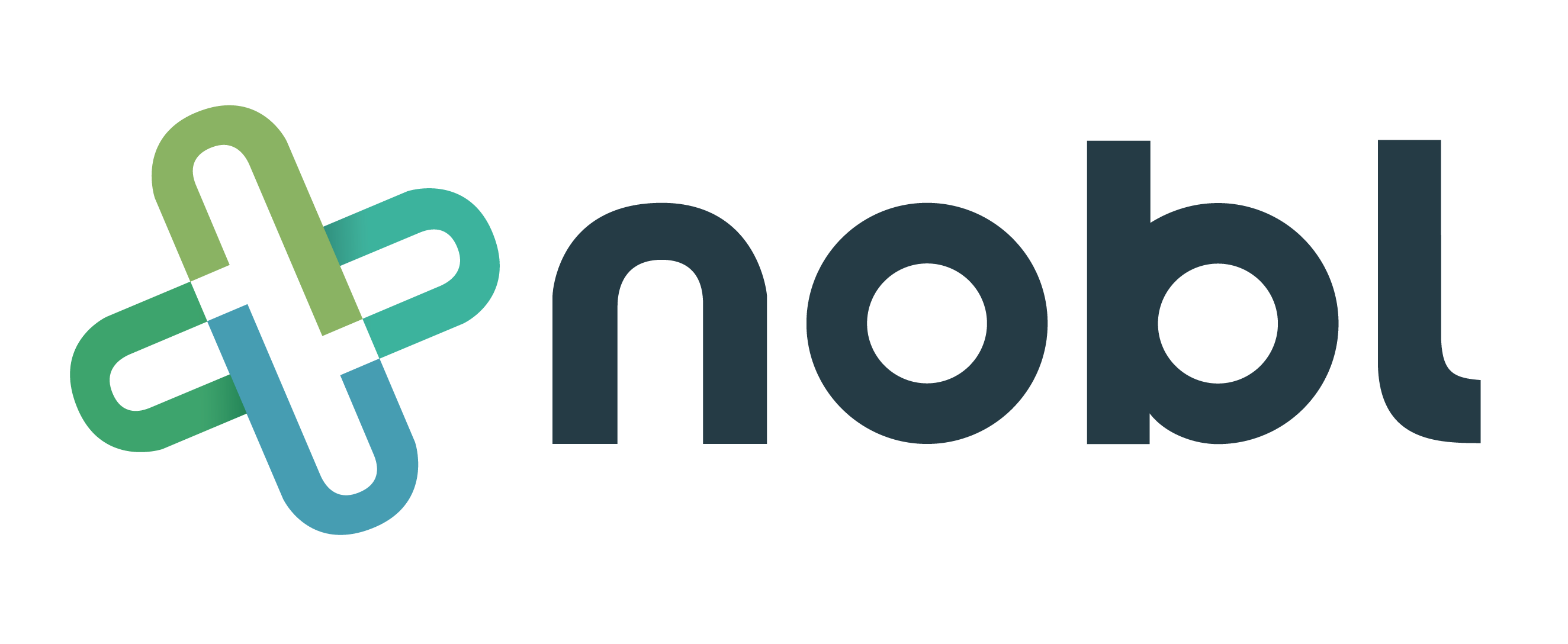
1 min read
The Changing Tides of Healthcare and the Effect on Nurses
Nobl Health Sep 22, 2015 5:07:00 PM
Ask almost any nurse about why they get out of bed in the morning (or evening), and they’ll probably respond with a variation of the same answer: they love caring for their patients.
The very nature of nursing is one of caring, nurturing and being available for patients. However over the past few years, due to the changing tides of healthcare, ever-growing demands have resulted in scores of nurses suffering from burnout, unit turnover, and ultimately less time doing what they do best: caring for their patients.
We believe that in large part this is due to 3 key factors:
Higher Patient Acuity
As unit technology and workflow improve, patients are being admitted and discharged faster, making each moment the nurse spends with the patient more critical than ever. According to the American Nursing Association, (ANA), rising patient acuity and shortened hospital stays have contributed to recent challenges. Ensuring adequate staffing levels has been shown to:
- Reduce medical and medication errors
- Decrease patient complications
- Decrease mortality
- Improve patient satisfaction
- Reduce nurse fatigue
- Decrease nurse burnout
- Improve nurse retention and job satisfaction
Electronic Health Records (EHRs)
As much as EHRs have helped in so many areas of 21st-century healthcare, they’re also a bit of a nuisance. Because of the attention the records demand, Nurses can spend upwards of 25% of their time doing routine documentation activities—time that absolutely could be spent caring for patients (Hendrich, Chow, Skierczynski, & Lu, 2008; Yee et al., 2012).
Budget Cuts
According the Bureau of Labor Statistics’ Employment Projections 2010-2020, “an additional 1.2 million registered nurses will be needed to address the demand in the workforce by 2020. A dramatic increase in our nation’s aging population, coupled with a sharp increase in the need for chronic care management and primary care, will only exacerbate the demand.”
But at the same time, data from the ANA suggests, “Massive reductions in nursing budgets, combined with the challenges presented by a growing nursing shortage have resulted in fewer nurses working longer hours and caring for sicker patients. This situation compromises care and contributes to the nursing shortage by creating an environment that drives nurses from the bedside.”
It doesn’t take a CNO to understand the harsh realities the nursing field very-well could be faced with in the near-future. Thanks to efforts by amazing nurses and companies, teams are working tirelessly to improve modern-nursing’s outlook. One thing, however, will never change—a nurse’s desire to care for their patients.
To see how Nobl is reimagining modern nursing, take a peek at our Hourly Rounding process.
New Free eBook
Best Practices for Sharing and Reviewing Data from the Nobl Rounding Platform
Beryl Institute Case study
Improved First Impressions at Your Front Door - Patient Ambassador Rounders Enhance the Patient Experience of a Busy Emergency Department
Recent Posts

Five Key Factors to Consider in Pediatric Leadership Rounding


